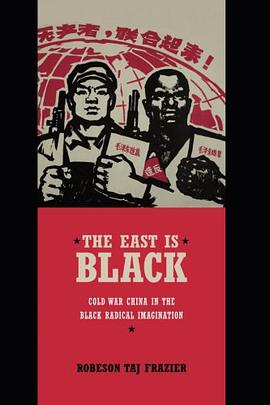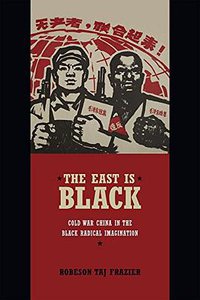The East Is Black
豆瓣
Cold War China in the Black Radical Imagination
Robeson Taj Frazier
简介
During the Cold War, several prominent African American radical activist-intellectuals—including W.E.B. and Shirley Graham Du Bois, journalist William Worthy, Marxist feminist Vicki Garvin, and freedom fighters Mabel and Robert Williams—traveled and lived in China. There, they used a variety of media to express their solidarity with Chinese communism and to redefine the relationship between Asian struggles against imperialism and black American movements against social, racial, and economic injustice. In The East Is Black, Taj Frazier examines the ways in which these figures and the Chinese government embraced the idea of shared struggle against U.S. policies at home and abroad. He analyzes their diverse cultural output (newsletters, print journalism, radio broadcasts, political cartoons, lectures, and documentaries) to document how they imagined communist China’s role within a broader vision of a worldwide anticapitalist coalition against racism and imperialism.
contents
Abbreviations ix
Acknowledgments xi
Introduction: March of the Volunteers 1
Part I. The 1950s: Losing China, Winning China 22
1. Ruminations on Eastern Passage 37
2. A Passport Ain't Worth a Cent 72
Part II. The 1960s: The East Is Red and Black 108
3. Soul Brothers and Soul Sisters of the East 117
4. Maoism and the Sinification of Black Political Struggle 159
Coda. The 1970s: Rapprochement and the Decline of China's World Revolution 193
Postscript: Weaving through San Huan Lu 213
Glossary 221
Notes 225
Bibliography 277
Index 303
